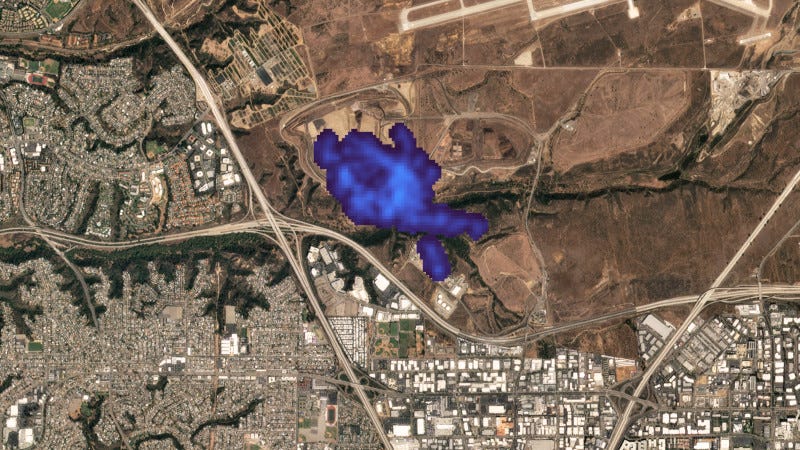California Satellite Data Purchase Contract Awarded
Planet is a Subcontractor for the $95 Million Award
The California Air Resource Board’s (CARB) Satellite Data Purchase Program (SDPP) has selected Planet as the primary contractor for a $95 million multi-year contract. The Earth Observation company has also released financial results for the period ending January 31.
“Last year was an exciting and transitional…
Keep reading with a 7-day free trial
Subscribe to The Journal of Space Commerce to keep reading this post and get 7 days of free access to the full post archives.



